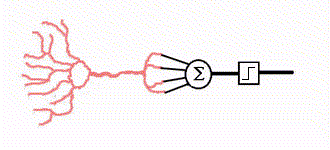 Computer Science Department
Computer Science Department
 Computer Science Department
Computer Science Department

This course will cover basic neural network architectures and learning algorithms, for applications in pattern recognition, image processing, and computer vision. Three forms of learning will be introduced (i.e., supervised, unsupervised and reinforcement learning) and applications of these will be discussed. The students will have a chance to try out several of these models on practical problems.
This is an advanced level course suited for graduate students in Computer Science and Engineering. It is primarily intended for students who are interested in doing research in the areas of Neural Networks and Computer Vision. There are many open problems in this areas suitable for investigation by Master's students leading to a professional paper or master thesis. The course contains three main parts:
SNNS has been installed on the Sun machines under the directory /image/SNNSv4.1. Before using the simulator, you need to include the following command in your .cshrc file:
To invoke the simulator, simply enter snns.